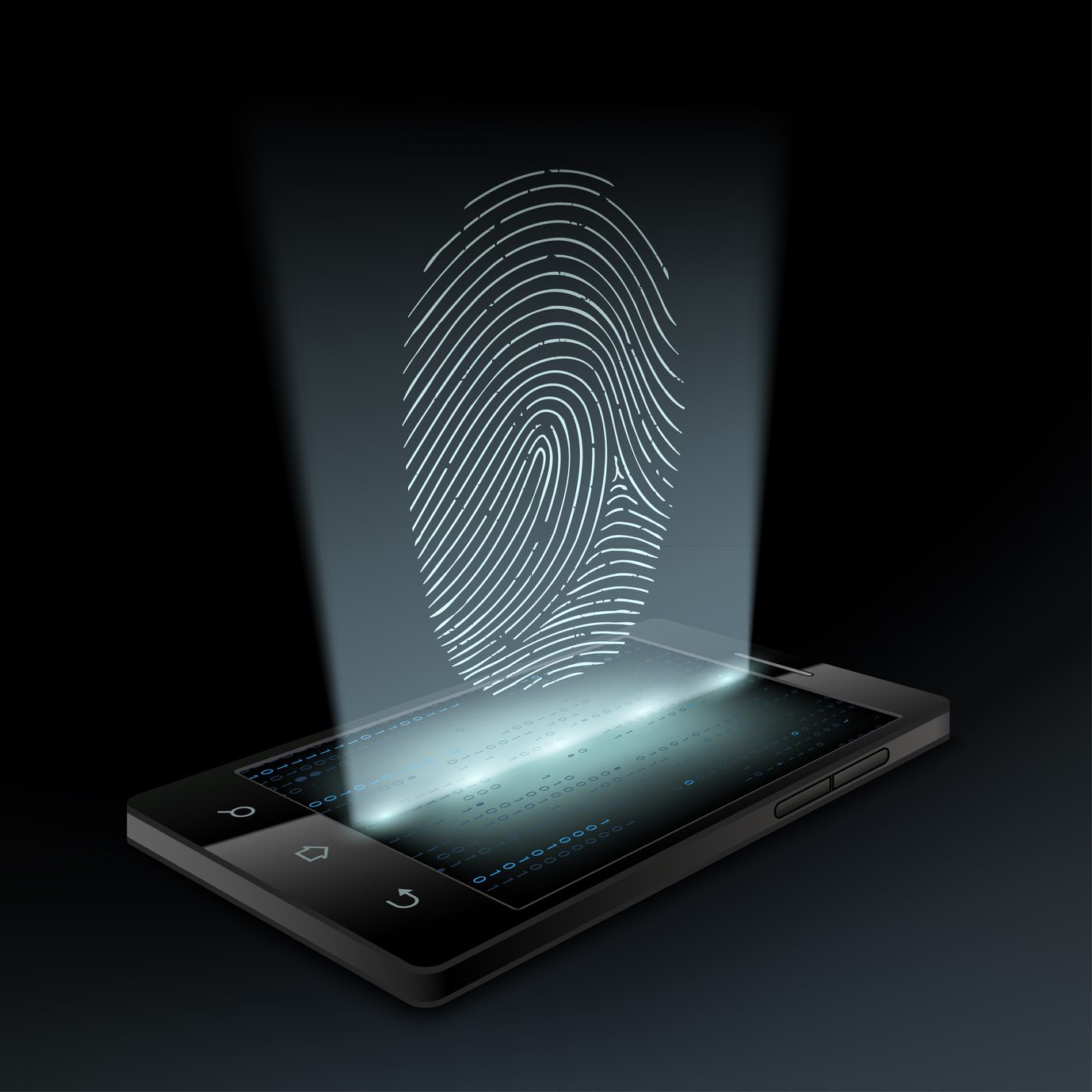Chase’s cards with chip-and-signature technology will feature both an embedded encrypted chip and traditional magnetic strip to accommodate merchants in the United States. The embedded microchip of chip-and-signature makes the card extremely difficult to copy, because the encrypted chip enables the safer processing and storing of data. Chip technology is the gold standard in Europe and has completely replaced magnetic strips, so cards with chip-and-signature technology offer more streamlined credit card purchases while traveling in Europe.
The Palladium card is for an elite group. It’s actually made of palladium and gold.
Chip and signature and chip and PIN are implementation choices for EMV-based smartcards on the part of the issuer. While interchange may be higher for the signature transaction, it’s also a choice that mitigates confusion on the cardholder’s part. Very few Americans have connected a PIN number to their credit card for ATM cash advance purposes. Asking jet lagged cardholders to remember a “credit PIN” is a recipe for frustration.
Is this the great EMV thaw for the USA? Nope. Issuing EMV cards that include mag stripes for domestic use is a low-cost, customer satisfaction proofing step for U.S. financial institutions. It does not require any upgrade to merchant terminals, back end systems, etc. Bringing EMV to the USA is an ecosystem-wide build that will take coordinated effort by the card networks, financial institutions, processors, and merchants, a group with asymmetric interests around this topic.











